by Dot Cannon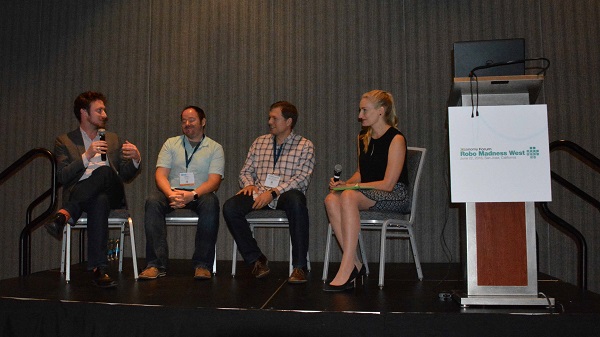
“What does robotic design mean to you?” asked Comet Labs Co-Founder and Director of Partnerships Melissa Pancoast.
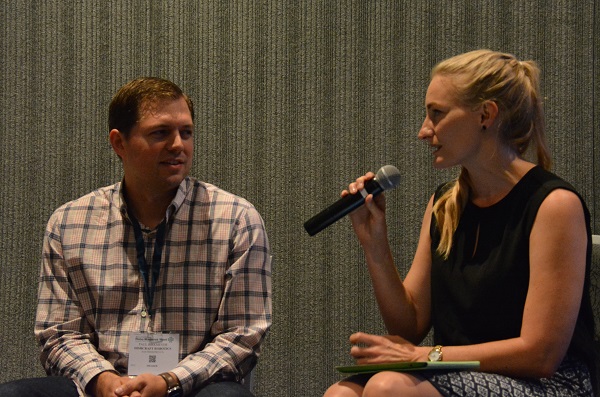
The “Robot Design” panel discussion under way on Wednesday, June 22nd, was part of the new “Robo Madness West” sessions at the 2016 Sensors Expo, in San Jose.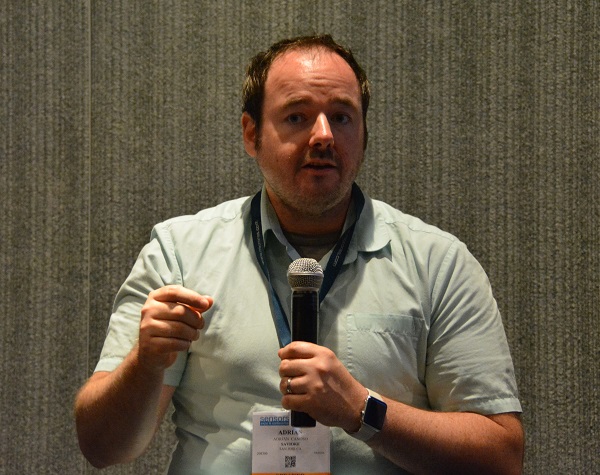
“For us, what was really important was acceptance into the workforce,” replied Savioke Co-Founder Adrian Canoso.
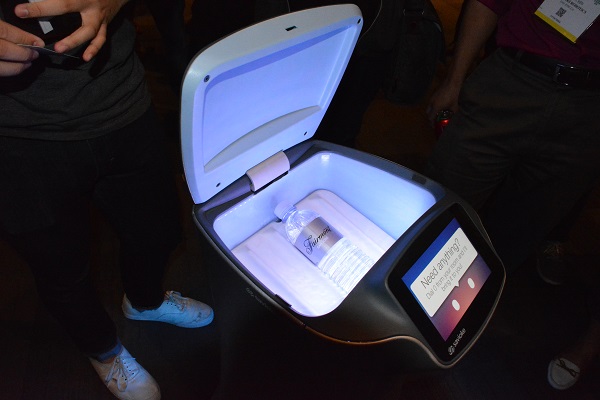
Adrian had brought Savioke’s “Relay” robot along, to show attendees how Relay can be used in its first application: delivering items in the hospitality industry.
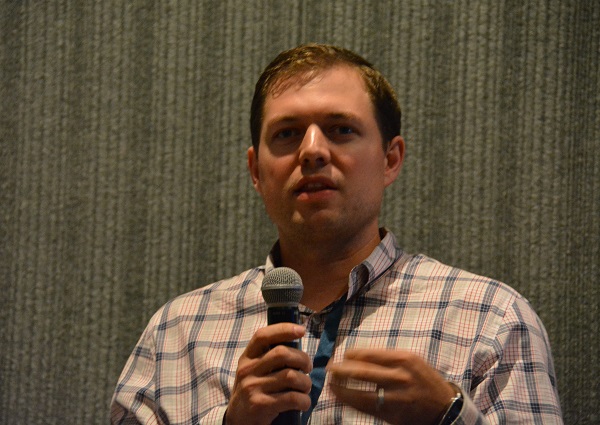
“For me, it’s really about understanding the problem you’re trying to solve,” offered Dishcraft Robotics CTO Paul Birkmeyer. (His company’s first product is a dishwashing robot for commercial kitchens.)
Acceptance by the general public was a central subject, for the panel.
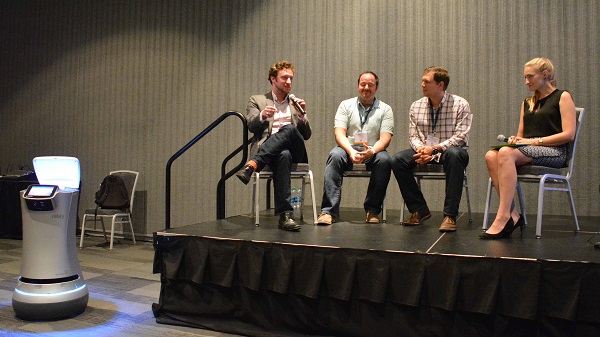
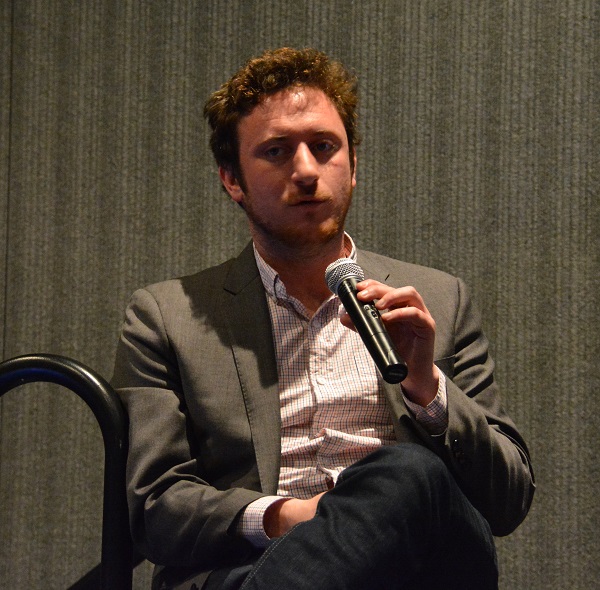
“I would argue that the acceptance is already there, ” said Lemnos Labs Founder Jeremy Conrad. “My mom can use Siri. That’s awesome. My mom doesn’t use any technology.”
“We’re doing some pretty big actions with people who may never have seen a robot before,” Adrian said of his”Relay” robot. “We’re really trying to make sure interactions with the robot are pretty basic.”
Adrian explained that part of Relay’s design was about safety–and part was about removing the intimidation factor.

“We made sure, with the design, that there are no protruding elements,” he said. “We make sure (when people walk by), that the robot gracefully stops. We found, for people walking by the robot, it was inherently creepy. Relay’s always saying who he is, and what he’s up to.”
Of course, when people talk about automation, one question invariably comes up. “Does this mean, in my job, I’m going to be replaced by a robot?”
Not really, was the general consensus.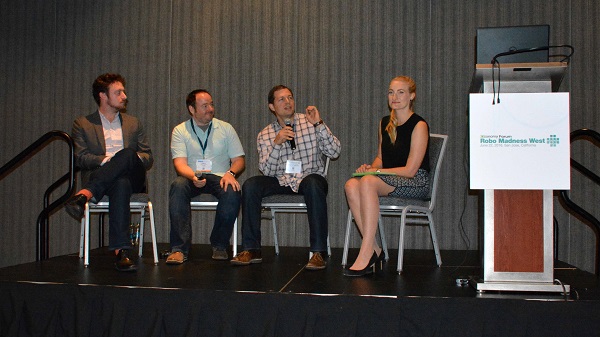
Asked how his company was tackling the challenges of a dishwashing robot, Paul responded, “There will always be chaos in systems that interact with people. The more you can do to be prepared for whatever happens, the better equipped you’ll be, to deal with it.
“There are lots of examples where the robot is allowing the person to do more, do it better, and be more productive,” he said, citing surgical procedures where robots can perform a delicate operation more capably than their human counterparts.
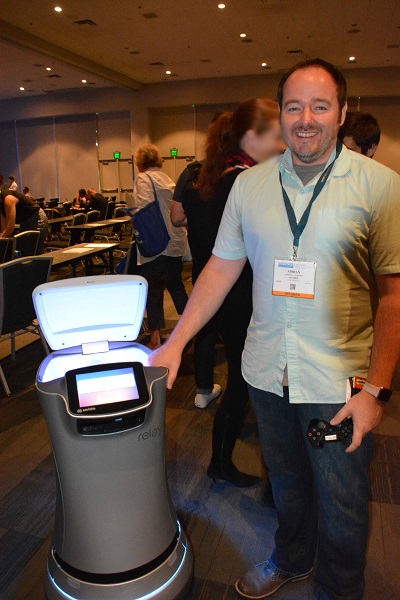
“We haven’t taken any jobs,” offered Adrian. “With Relay, he can extend capability and make people more effective. If people want to replace other people with robots, that’s up to them, but we haven’t seen that.”
